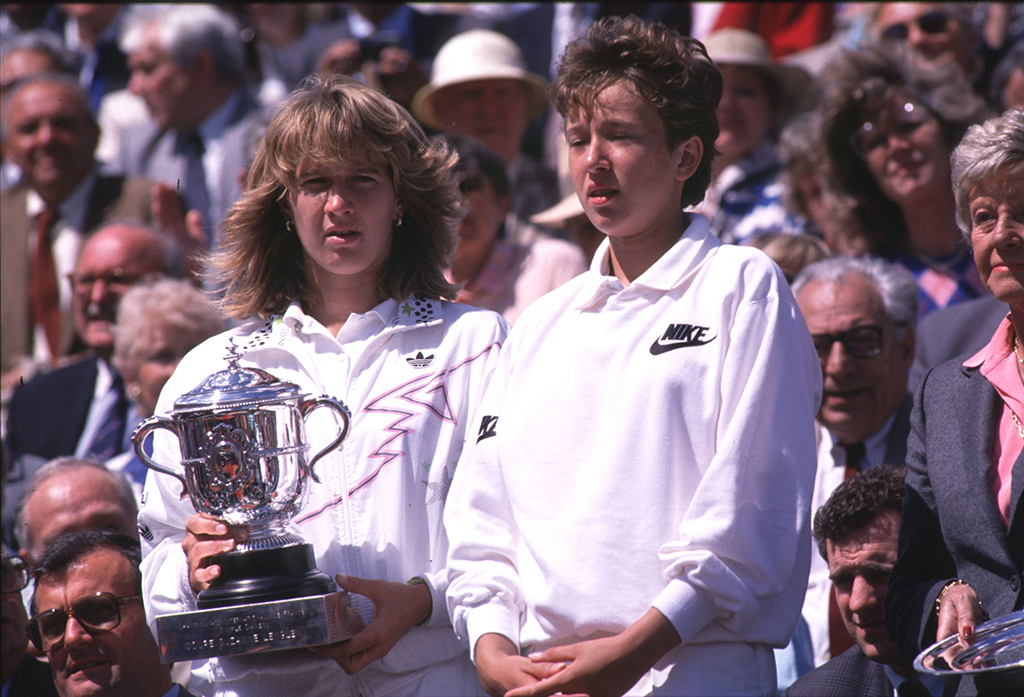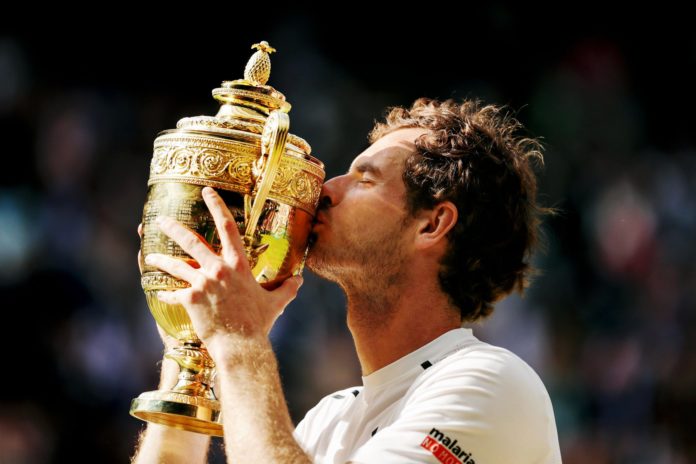The year 2020 has been the season of unusual circumstances. None more than the French Open being the last Grand Slam of the year. Lovetennis.com looks at some of the lesser-known and unusual tennis facts:
The sport originated in the 12th century
It is believed by most historians that Tennis was first played in open spaces in Northern France in the 11th century. At the time though, there were no racquets and the ball was struck with the palm, prompting the sport to be called ‘Jeu de Paume’ (Game of the Palm).
ALSO READ: Federer dragged back into climate change protests
Racquets came into the picture by the 16th century, which is when the name ‘Tennis’ emerged, from the French word ‘Tenez’ (which means hold – the objective of a service game).
Disputed origin of ‘Love’
Some claim the term is derived from ‘l’oeuf,’ the French word for egg, which represents the shape of zero. Another thought is that it was came from the Dutch expression ‘iets voor lof doen,’ which means to do something for praise (without monetary gain).
ALSO READ: Covid-19 strikes French Open on the eve of qualifying
Tourist to gold medal winner
John Pius Boland was vacationing in Athens at the time of the inaugural edition of the Modern Olympic Games in 1896. His friend, who was a part of the organising committee, signed him up to represent Great Britain in the singles event. Boland went on to win gold in both singles and doubles, pairing up with German player Friedrich Traun.
The balls weren’t always yellow
The yellow tennis balls that we know today were first introduced to the tour in 1972. Before that the balls were white, and occasionally black, depending on the court background.
ALSO READ: Djokovic wins record 36th Masters title in Rome
These balls were used as they were visible on black-and-white television sets. Once colour television came into the market, the ITF tested bright orange and neon pink colour balls before finally settling on yellow to enhance television visibility. The Wimbledon Championships however, only switched to yellow balls in 1986.

The shortest Grand Slam final lasted 32 minutes
In the 1988 French Open final, Steffi Graf beat the Soviet Union’s Natasha Zvereva 6-0, 6-0 to win the title. The match officially lasted 32 minutes, making it the shortest ever final till date. It’s also the only final to have included a double bagel.
Not a cherry on top (of the Wimbledon trophy)
Of all things, a pineapple sits on top of the Wimbledon Trophy given to the men’s singles winner, but there’s no clear reason why. One theory suggests that since the fruit is impossible to grow naturally in Britain, a pineapple was considered a rarity and in pre-Wimbledon England, at times associated with royalty.
ALSO READ: Monfils suffers racist abuse after loss in Rome
Another theory is that sailors used to put them on gateposts of stately homes. But there’s no knowing for certain.
Incidentally, the design for the Wimbledon trophy is not the same as the first one awarded at the inaugural Championships in 1877. The Field Cup (1877-1883) and Challenge Cup (1884-1886) preceded the current trophy.
ALSO READ: US Open champ Naomi Osaka to skip French Open
The first ‘Open’
When the Open Era began in 1968, the French Open was the first Grand Slam to be ‘open’ to professional players. Till then, only amateurs were allowed to compete in the majors and other International Lawn Tennis Federation (ILTF – the predecessor to today’s International Tennis Federation, ITF) events, including Davis Cup.
Rafael Nadal is actually right-handed
Apart from playing tennis, 19-time Grand Slam champion Rafael Nadal does not use his left hand much. He writes, brushes his teeth, and even throws darts with his right. He even plays golf using a right-handed stance.























